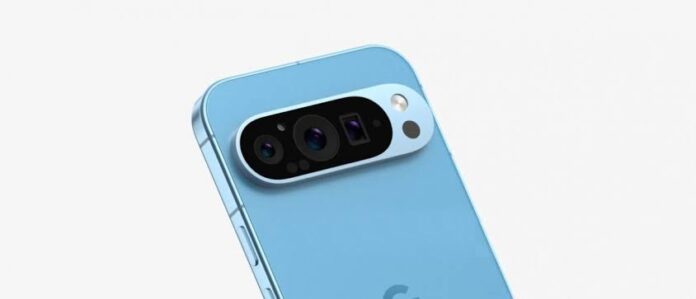Google’s new Pixel 9 smartphone features a prominent camera bump, and the company isn’t apologizing for it. Claude Zellweger, Google’s design director for Pixel phones, calls this design choice “absolutely intentional” and “unapologetic.”

The camera bar on the Pixel 9 is noticeably thicker than previous models, measuring about as thick as two quarters stacked together. This makes the phone almost as thick as a “Pro” iPhone, but with a more prominent camera module.
Zellweger explains that the large camera bar is the most efficient way to package the phone’s advanced camera modules. He says it reflects the “purity” of Pixel’s photography capabilities. The design is inspired by the shape of Google’s search bar, emphasizing the connection between Google’s various products.
While the big camera bump is a defining feature of the Pixel 9, Zellweger doesn’t commit to it being a permanent design element for future Pixel phones. He suggests that improvements in computational photography and AI post-production might eventually reduce the need for large physical camera components.
The conversation with Zellweger also touched on the topic of small phones. Despite being a fan of smaller devices himself, Zellweger acknowledges the challenges in designing compact smartphones. Modern expectations for battery life, camera quality, thermal management, and user experience often push manufacturers towards larger devices.
However, Zellweger doesn’t rule out the possibility of smaller phones in the future. He suggests that as user priorities change, there might be room for more compact designs that make different compromises.
The Pixel 9 series maintains the same screen size across its standard and Pro models, offering users high-end features without forcing them to choose a larger device. This approach aims to provide more options for users who prefer smaller phones but don’t want to sacrifice features.
Google’s design philosophy for the Pixel 9 emphasizes standing out in a market dominated by similar-looking devices. The prominent camera bar serves as a unique identifier for Pixel phones, giving them a distinctive appearance that sets them apart from competitors.
As smartphone technology continues to evolve, the balance between camera capabilities, phone size, and overall design will likely remain a key focus for manufacturers. Google’s approach with the Pixel 9 shows a willingness to prioritize camera performance and distinctive design, even if it means embracing a larger camera bump.
The success of this design choice will ultimately be determined by consumer reception. As users become more accustomed to larger camera modules on smartphones, Google’s “unapologetic” approach may set a new trend in mobile device design.




